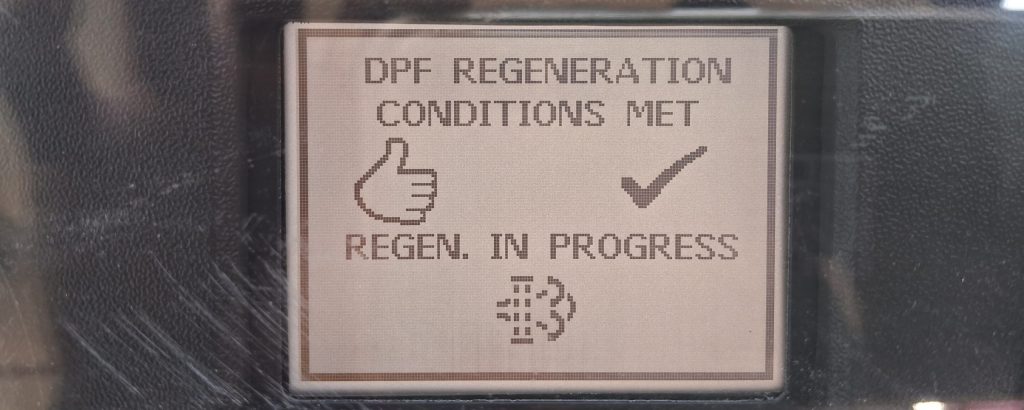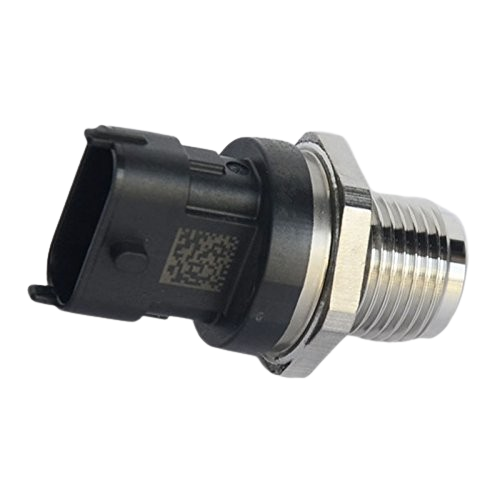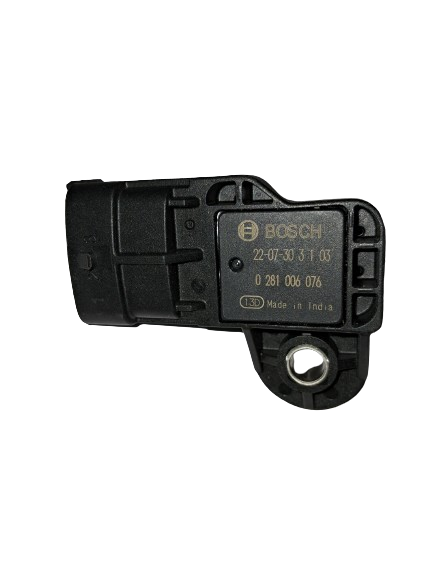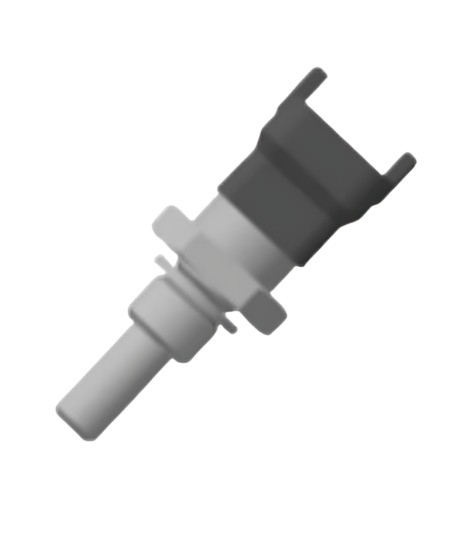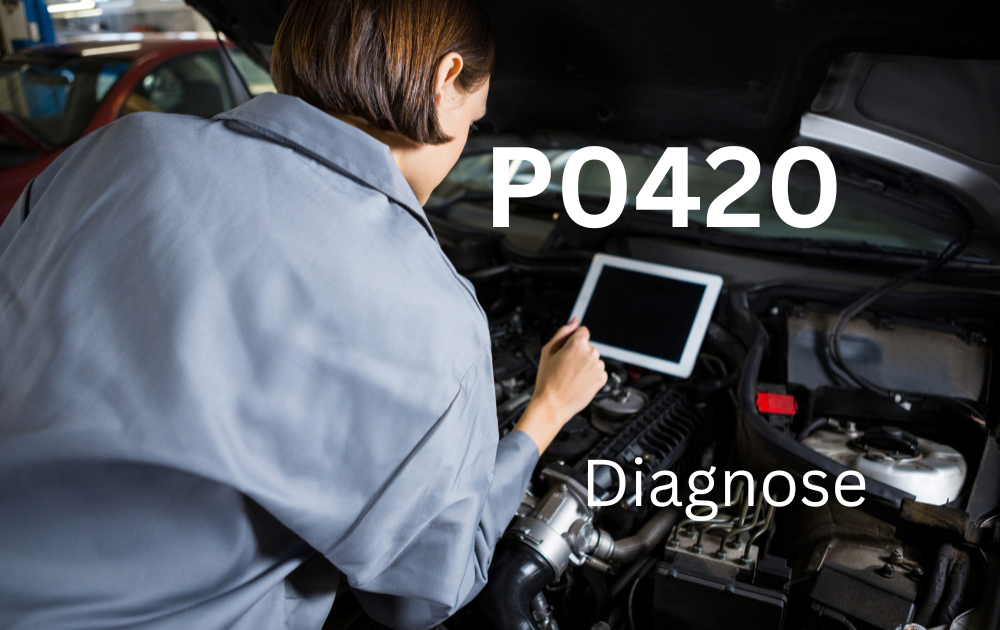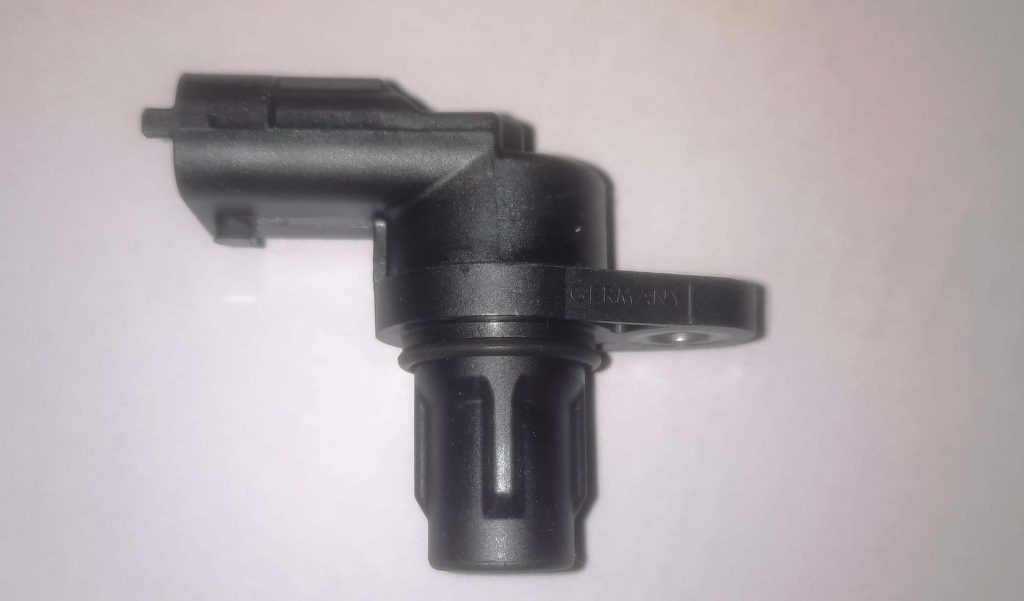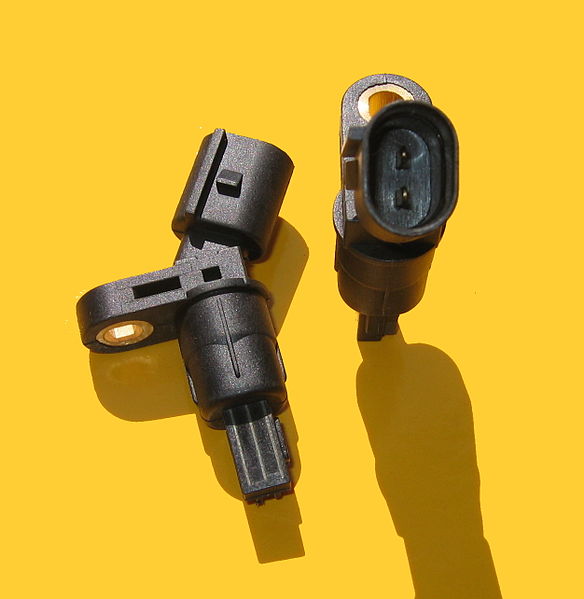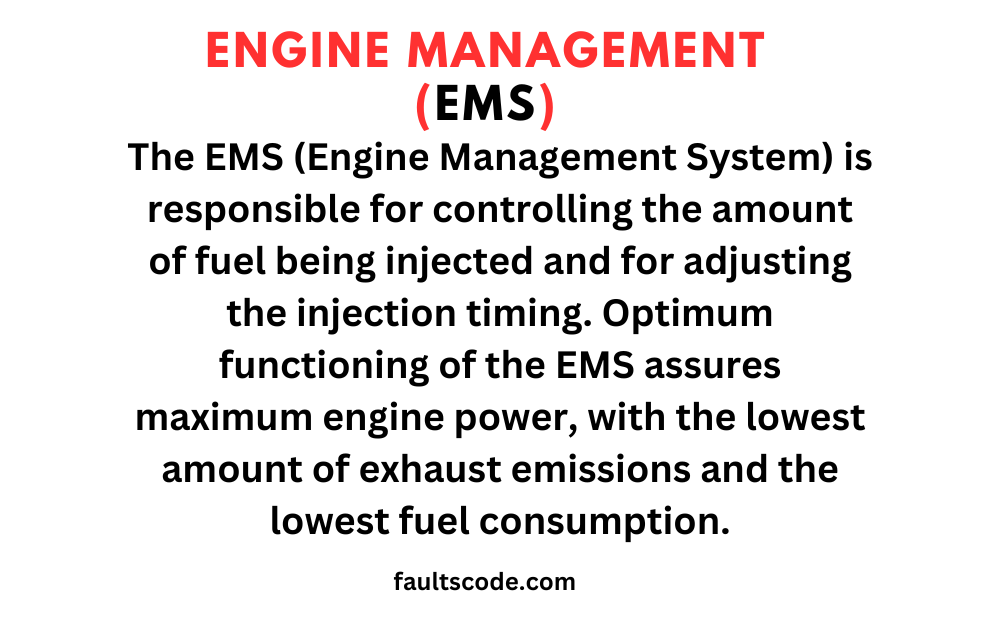Decoding Fault Code P2A00: Understanding Upstream O2 Signal Discrepancies in Modern Vehicles

Brief overview of the importance of oxygen sensors in modern vehicles
In the intricate world of modern automobiles, oxygen sensors play a crucial role in maintaining optimal engine performance. These sensors, strategically placed within the exhaust system, monitor the amount of oxygen present in the exhaust gases. This information is then transmitted to the Engine Control Unit (ECU), allowing the engine to adjust the air-fuel mixture for efficient combustion.
Oxygen sensors are vital for achieving fuel efficiency, reducing emissions, and ensuring the overall health of the vehicle. With advancements in automotive technology, the significance of these sensors has only grown, making them integral components in the pursuit of cleaner and more efficient transportation.
Introduction to Fault Code P2A00 and its significance
In the realm of engine diagnostics, Fault Code P2A00 has emerged as a notable indicator of potential issues related to the oxygen sensors. Specifically, this code points to a discrepancy in the upstream O2 sensor’s signal, indicating that it is higher than the Model O2 under normal driving conditions (OP1).
Understanding the implications of this fault code requires delving into the intricacies of sensor communication and the impact it can have on overall engine functionality. In essence, P2A00 serves as a red flag, prompting vehicle owners and technicians to investigate further to ensure the continued reliability of the engine.
Importance of addressing and resolving P2A00 for optimal engine performance
The presence of Fault Code P2A00 should not be taken lightly, as it directly influences the engine’s performance. Ignoring or neglecting this code can lead to a cascade of issues, including reduced fuel efficiency, increased emissions, and potential long-term damage to the engine.
Addressing and resolving P2A00 is paramount for maintaining optimal engine performance. This involves a systematic approach to troubleshooting, which may include inspecting the upstream O2 sensor, checking for wiring issues, and ensuring proper communication between the sensor and the ECU.
In the subsequent sections of this comprehensive guide, we will delve deeper into the nuances of Fault Code P2A00, exploring the common causes behind its occurrence, the potential impact on the vehicle, and the step-by-step process for effective diagnosis and resolution. By the end of this article, you will be equipped with the knowledge to tackle P2A00 head-on, ensuring the continued health and efficiency of your vehicle’s engine.

Understanding Upstream O2 Sensors
Explanation of the role of upstream oxygen sensors in the exhaust system
Upstream oxygen sensors play a pivotal role in the exhaust system of modern vehicles. Positioned before the catalytic converter, these sensors are tasked with measuring the amount of oxygen in the exhaust gases. This data is then transmitted to the Engine Control Unit (ECU), enabling it to fine-tune the air-fuel mixture for optimum combustion.
Importance of accurate oxygen sensor readings for proper fuel-air mixture
Accurate readings from the upstream oxygen sensors are paramount for maintaining the proper fuel-air mixture in the engine. The ECU relies on these readings to adjust the amount of fuel injected into the combustion chamber, ensuring an ideal ratio for combustion. This precision is vital for achieving fuel efficiency, minimizing emissions, and preventing engine issues associated with a lean or rich fuel mixture.
Key functions of the upstream O2 sensor in maintaining optimal engine performance
The upstream O2 sensor serves multiple functions critical to optimal engine performance. Apart from aiding in fuel mixture regulation, these sensors assist in the monitoring and control of emissions. Additionally, they contribute to the longevity of the catalytic converter by providing valuable data for the reduction of harmful pollutants.
Fault Code P2A00 Explained
Detailed interpretation of Fault Code P2A00
Fault Code P2A00 signifies a specific issue related to the upstream O2 sensor, where its signal is higher than the Model O2 under normal driving conditions (OP1). This anomaly can disrupt the delicate balance in the air-fuel mixture, potentially leading to adverse effects on the engine’s performance.
Common symptoms associated with P2A00
Identifying symptoms associated with P2A00 is crucial for prompt diagnosis. Common indicators include decreased fuel efficiency, irregular engine idling, and the illumination of the Check Engine light. Recognizing these signs early on allows for proactive measures to address the underlying issue.
Potential consequences of ignoring or delaying the resolution of P2A00
Delaying the resolution of P2A00 can have severe consequences. Beyond reduced fuel efficiency and increased emissions, it may lead to more significant engine issues, potentially impacting overall vehicle reliability. Timely intervention is essential to prevent cascading problems and ensure the longevity of the engine.
Causes of P2A00
Overview of common factors leading to the triggering of P2A00
Understanding the factors that trigger P2A00 is crucial for effective troubleshooting. Common culprits include issues with the upstream O2 sensor, wiring problems, or malfunctions in related components. A systematic approach to identifying these factors is essential for accurate diagnosis.
Environmental factors affecting upstream O2 sensor readings
Environmental conditions can influence upstream O2 sensor readings, contributing to the occurrence of P2A00. Factors such as extreme temperatures, high humidity, or contaminants in the exhaust gases can impact sensor accuracy. Exploring these environmental influences is integral to a comprehensive diagnosis.
Possible issues with the sensor itself or related components
Examining the upstream O2 sensor and its associated components is a critical step in resolving P2A00. This section will delve into potential sensor malfunctions, wiring issues, or problems with the catalytic converter that may contribute to the triggering of the fault code. A thorough understanding of these possibilities is essential for a targeted and effective resolution.
Stay tuned for the next section, where we’ll explore the diagnostic process and step-by-step solutions for addressing Fault Code P2A00 and ensuring the optimal performance of your vehicle.
Diagnostic Process
Steps for diagnosing Fault Code P2A00
Diagnosing Fault Code P2A00 requires a systematic approach to identify the root cause accurately. This section will outline step-by-step procedures, including initial inspections, utilizing diagnostic tools, and interpreting data to pinpoint the specific issue related to the upstream O2 sensor.
Utilizing OBD-II scanners for error code retrieval
OBD-II scanners are invaluable tools for retrieving error codes, including P2A00, from a vehicle’s onboard computer. This subsection will guide readers on the proper use of OBD-II scanners, interpreting the data retrieved, and understanding how this information aids in the diagnostic process.
Additional tests and inspections to identify the root cause of P2A00
Beyond error code retrieval, a comprehensive diagnosis of P2A00 may involve additional tests and inspections. This could include examining the wiring harness, conducting voltage tests, and checking for any physical damage to the upstream O2 sensor. This section will provide insights into these supplementary diagnostic steps.
Resolving Fault Code P2A00
Potential DIY solutions for resolving P2A00
For car enthusiasts and DIYers, this subsection will explore possible do-it-yourself solutions for resolving P2A00. It may include simple checks, such as inspecting and cleaning the sensor, verifying connections, or replacing damaged wiring. Empowering readers with DIY options can be beneficial for those inclined to address the issue independently.
Importance of consulting a professional mechanic for accurate diagnosis
While DIY solutions have their place, certain complexities associated with P2A00 may require professional expertise. This section emphasizes the importance of consulting a qualified mechanic for a thorough and accurate diagnosis. Professional insights can expedite the resolution process and ensure that all underlying issues are properly addressed.
Addressing underlying issues to prevent recurrence of P2A00
Resolving P2A00 is not only about fixing the immediate problem but also addressing underlying issues to prevent recurrence. This subsection will provide guidance on identifying and rectifying root causes, such as repairing or replacing faulty components, ensuring proper sensor calibration, and conducting routine maintenance to prevent future issues.
By following the diagnostic process outlined in Section V and implementing the appropriate solutions from Section VI, vehicle owners can effectively tackle Fault Code P2A00. This comprehensive guide aims to empower readers with the knowledge and resources needed to navigate the complexities of upstream O2 sensor discrepancies, promoting optimal engine performance and prolonging the life of their vehicles.
Prevention and Maintenance
Tips for preventing Fault Code P2A00 and similar issues
Preventing Fault Code P2A00 and similar issues involves adopting proactive measures. This section will provide practical tips, such as using high-quality fuel, keeping the exhaust system clean, and avoiding harsh driving habits. By implementing these preventative measures, vehicle owners can reduce the likelihood of encountering upstream O2 sensor discrepancies.
Importance of regular maintenance and sensor checks
Regular maintenance is key to preventing and identifying potential issues early on. This subsection will highlight the significance of scheduled maintenance, including routine sensor checks, to ensure the overall health of the vehicle. Emphasizing the role of preventative maintenance in avoiding costly repairs and unexpected faults will be a focal point.
Incorporating good driving habits to maintain optimal sensor performance
Driving habits can significantly impact the performance of the upstream O2 sensor. This part of the section will delve into how practices such as avoiding aggressive acceleration and maintaining a consistent speed contribute to optimal sensor function. Cultivating good driving habits becomes an integral part of preserving the longevity of critical engine components.
Conclusion
Recap of the importance of addressing Fault Code P2A00 promptly
In this concluding section, we’ll recap the key points discussed throughout the article, emphasizing the critical nature of promptly addressing Fault Code P2A00. Timely intervention is not only crucial for maintaining engine performance but also for preventing potential cascading issues that may arise from neglecting this fault code.
Emphasis on the impact of resolving P2A00 for overall vehicle health
Building on the previous section, the conclusion will underscore the broader impact of resolving P2A00 on the overall health of the vehicle. From fuel efficiency to emission control, addressing this fault code positively influences various facets of the vehicle’s functionality.
Encouragement for proactive maintenance and periodic sensor checks to prevent future issues
The final part of the conclusion will encourage readers to adopt proactive maintenance practices, including periodic sensor checks, to prevent future issues. By staying vigilant and addressing potential problems early on, vehicle owners can enjoy a smoother driving experience and prolong the lifespan of their vehicles.
With these concluding sections, the comprehensive guide on Fault Code P2A00 will provide readers with a holistic understanding of the issue, practical solutions, and preventative measures to maintain optimal engine performance.













